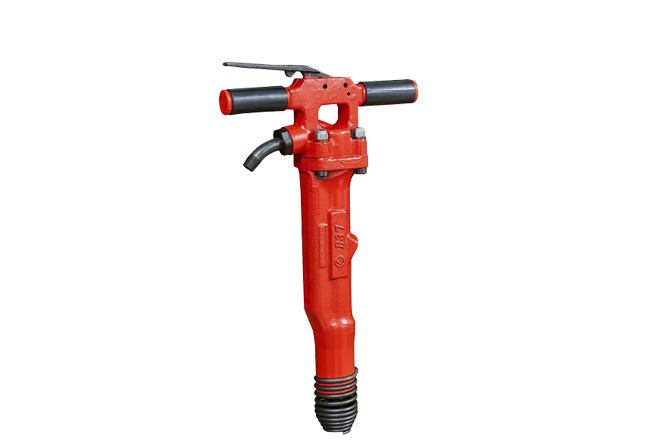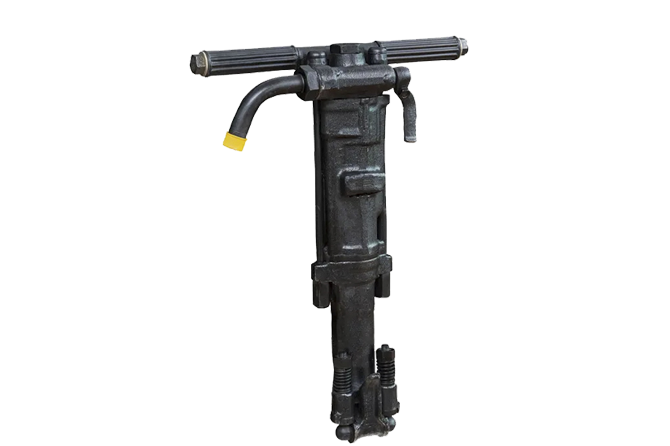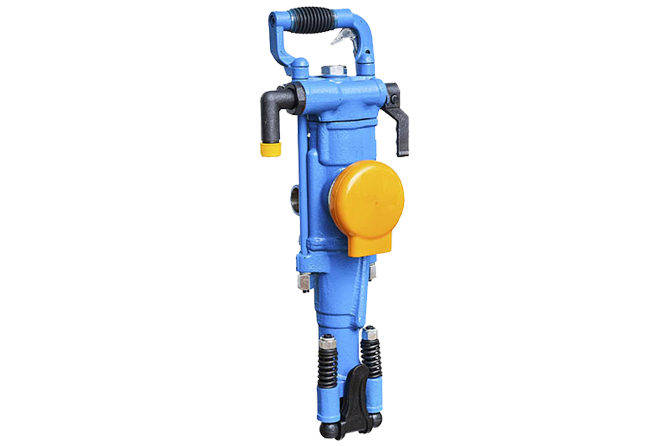Many people struggle to distinguish Hammer Jack Fish and Bonitas based on their shared features, however closer inspection can point out the fundamental differences between the two. While they have certain attributes in common, they still hold a variety of contrasting elements.
Caranx spp., more commonly referred to as Hammer Jack Fish, grace the warm waters of both the Indian and Pacific Oceans. Growing up to two feet in length, these schooling fish boast a deep, compressed body and a small head with an exaggeratedly large mouth. Hammer Jack Fish bear impressive, sharp scales that gleam silver or blue-green and are punctuated by dark vertical stripes along their sides. But it is the dark spot near the tail that truly sets this species apart – inspiring their nickname of the “Hammer Jacks”.
Mystifyingly nicknamed ‘Sarda spp.’, Bonita is a remarkable species of tuna that inhabit the Atlantic, Pacific, and Indian Oceans. These sea-roaming predators can achieve a remarkable 4 feet in size. Outfitted with a torpedo-shaped body and a pointed profile, they have large eyes and are flaunting an alluring blue-green or grey pigment featuring dark stripes along either side. To set them apart from other tuna species, the Bonita reveals an idiosyncratic crescent-shaped mark close to their tail area.
Hammer Jack Fish and Bonita can be easily distinguished by their size and colour. While Hammer Jack Fish rarely exceed two feet in length, Bonita can reach up to four feet in size – making them twice as large. Furthermore, Hammer Jack Fish tend to have silver or blue-green bodies dotted with dark bands, while Bonita showcase blue-green or grey shades highlighted by dark stripes along their bodies.
In comparison to Hammer Jack Fish which boast small heads and sizeable mouths, Bonita characterize pointed heads and grand eyes. More specifically, the former possess a dark spot near their tails, the latter distinctive with their dark crescent-shaped imprints. Furthermore, these variances create distinct silhouettes appreciated by anglers all over the world.
It is fascinating to consider the distant homes of Hammer Jack Fish and Bonita. While one may find Hammer Jack Fish close to rugged coral reefs and jagged outcrops, Bonita cruise the vastness of the Atlantic, Pacific, and Indian Oceans. Indeed, whether exploring the depths of the Indian and Pacific Oceans for Hammer Jack Fish or seeking Bonita spanning all three aforementioned oceans, these oceanic creatures stake a claim to the vast expanses of sea.
All in all, Hammer Jack Fish and Bonita, though similar in appearance, possess several distinguishing features. Hammer Jack Fish are more diminutive in size than Bonita, and also possess a small head with a wide mouth. In contrast, Bonita feature a pointed head with sizable eyes and a dark, crescent-shaped patch near the tail. Hammer Jack Fish are indigenous to the Indian and Pacific Oceans; on the other hand, Bonita are common in the Atlantic, Pacific, and Indian Oceans. With such distinct differences between the two species being clear after even just a cursory examination, it is evident that these two fish differ in important ways.
Inhabiting the turquoise waters of the Caribbean Sea is a duo of fish that are neither identical or complete opposites: Hammer Jack and Bonita. However, what separates these two species? Through this article, we will evaluate their unique features and determine how these two fishes differ from each other.
Boasting of a long, slender body with a yellowish stripe and a powerful tail, the Hammer Jack Fish is one of the mackerel species found in both shallow and deep waters of the Caribbean Sea and the Gulf of Mexico. Its sizable shape can reach up to 15 inches in length while weighing a maximum of 8 pounds. This species is known for its active feeding habits, characterized by its brownish-gray coloured skin. Its pointed snout perfectly complements its large and strong tail, making it an excellent catch for fishermen.
The Bonita is a vibrant species of fish, renowned for its large, powerful tail and bright yellow stripe along its back. This type of tuna is a voracious feeder and is common in the Caribbean Sea, the Gulf of Mexico, and the eastern Pacific Ocean – particularly in shallow waters. Bonitas possess an elongated, graceful body with a pointed snout. In size, they range anywhere from 12-24 inches long and can weigh up to 22 pounds.
Predatory behavior of the Hammer Jack Fish and Bonita characterizes their eating habits; whereas the former has a fondness for smaller fish, like minnows, the latter gravitates toward larger ones, such as mackerel and herring. Their diet is considered omnivorous, with both species occasionally consuming squid and crustaceans.
Largely separated by size, the Hammer Jack Fish and Bonita present distinct characteristics. Boasting a comparatively pint-size, the Hammer Jack Fish reaches a maximum of 15 inches and 8 pounds, while the Bonita transcends its diminutive counterpart, attaining a hefty 24 inches with a weight of 22 pounds. Furthermore, the Hammer Jack traverses through shallow and deep water realms, compared to the Bonita’s more specific habitat in shallow waters.
The Hammer Jack Fish and the Bonita have starkly varied diets. Whereas the Hammer Jack Fish devours minnows at night, the Bonita plucks mackerel or herring from the seas during the day. Interestingly, the contrast in their feeding routines demonstrates not just a difference in diet but also a difference in how they engage with their surroundings.
The Hammer Jack Fish and Bonita may seem quite similar, but when examined more closely, you can observe a few marked differences apart from their size, which sees the former being the smaller of the two. The Hammer Jack is far more active, while the Bonita prefers to stick to shallow waters. Furthermore, these species have distinct diets too; the Hammer Jack Fish mainly feasting on smaller seafood creatures while the Bonita tends to go for larger options. Ultimately, both are advantageous members of the marine world and essential to maintaining its flourishing equilibrium.

Short Description: YT29A air-legged rock drills are heavy-duty push-leg (air-legged) rock drills with low energy consumption, which are more suitable for drilling horizontal or inc […]

Short Description: The YT28 air-leg rock drill is a kind of high-efficiency, energy-saving and environmentally friendly rock drilling equipment. Compared with similar pneumatic pro […]

Short Description: The YT27 air-legged rock drill is a highly efficient lightweight rock drill suitable for downward or inclined drilling in medium-hard or hard (f=8 – 18) ro […]

Product description: (S250 jackleg Drill) has been the preferred choice of miners who demand high performance, superior control and lasting reliability. the S250 jackleg allows ope […]
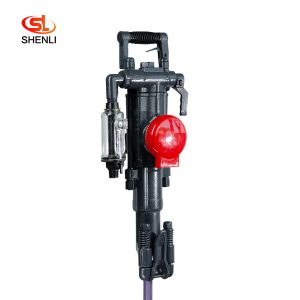
Scope of application: Model S82 air-legged rock drills are heavy-duty air-legged rock drills with high efficiency and low consumption, which are especially suitable for use in the […]

Product introduction Y26 hand-held rock drill is mainly used for drilling shell holes and secondary blasting in mines, railroads, water conservancy, and rock works, which can dry a […]
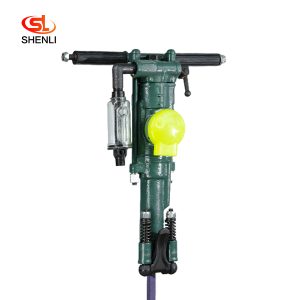
Product description: Y24 hand-held rock drill is a variant of YT24 air-leg rock drill in our factory. It has the advanced level in China and was rated as the high quality product i […]

Product description: Y20LY hand-held pneumatic leg dual drill is a kind of light rock machinery, which can be used in secondary blasting in mines and quarries as well as in stone w […]
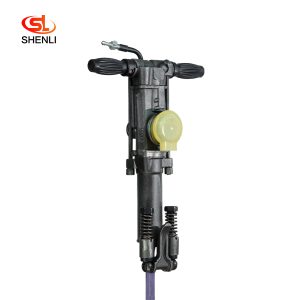
Product Description: Y18 hand – held and air – leg drill is suitable for drilling and blasting holes on soft, medium and hard rocks and W-1.5/4, W-1.8/5, W-2/5 and othe […]

